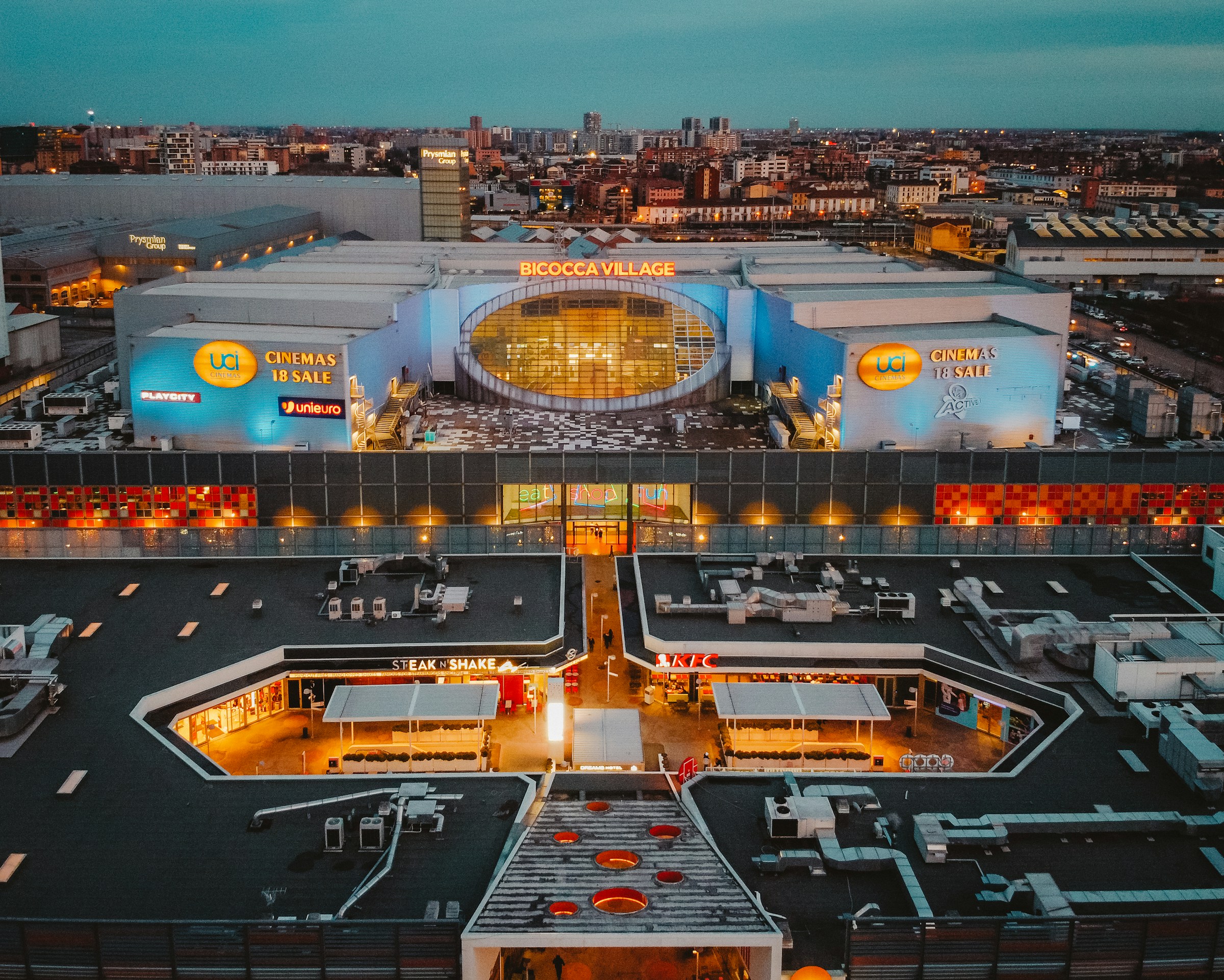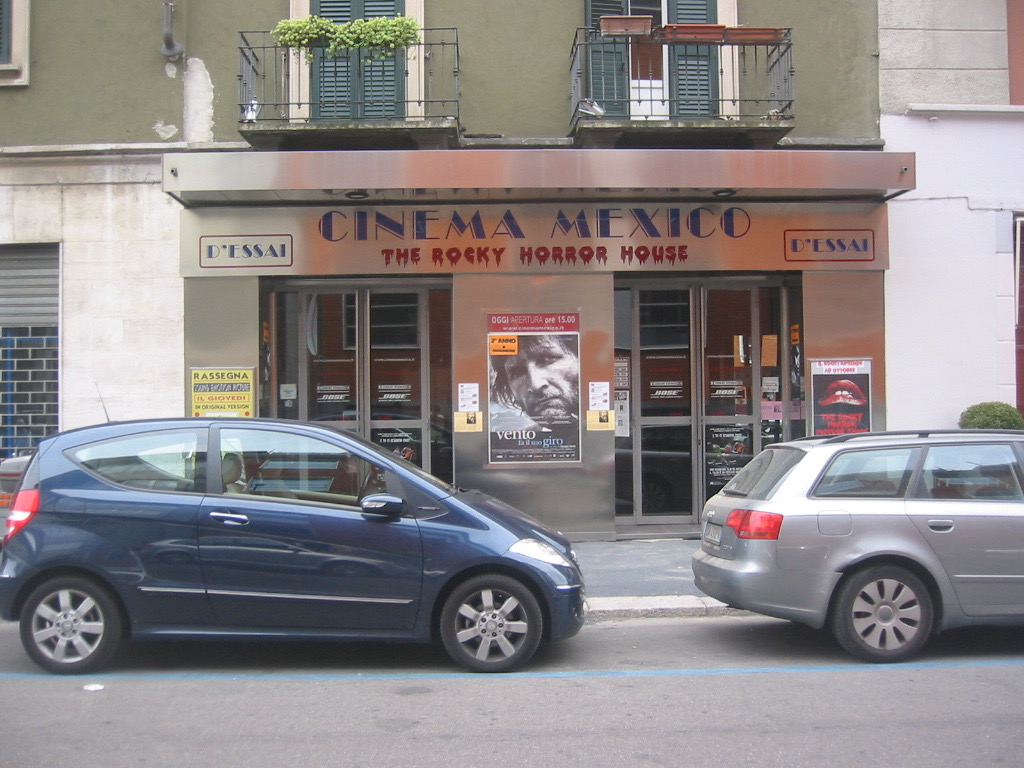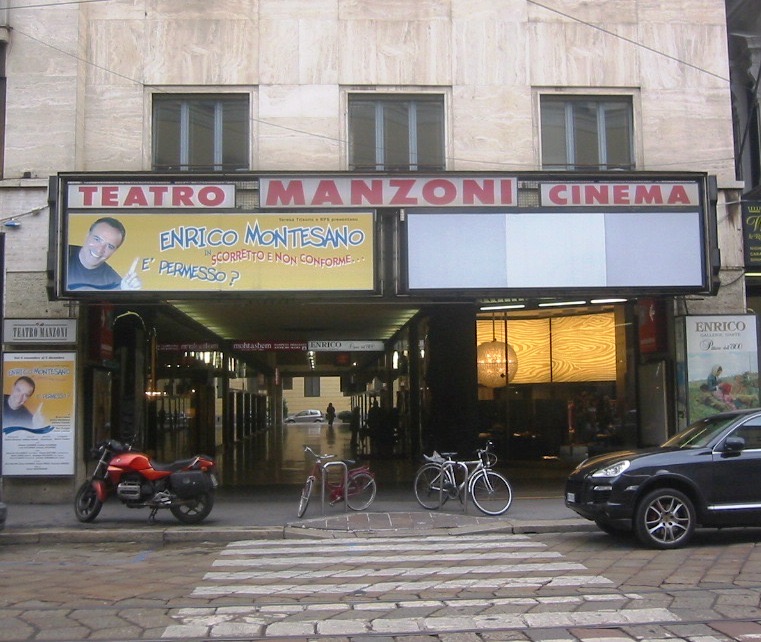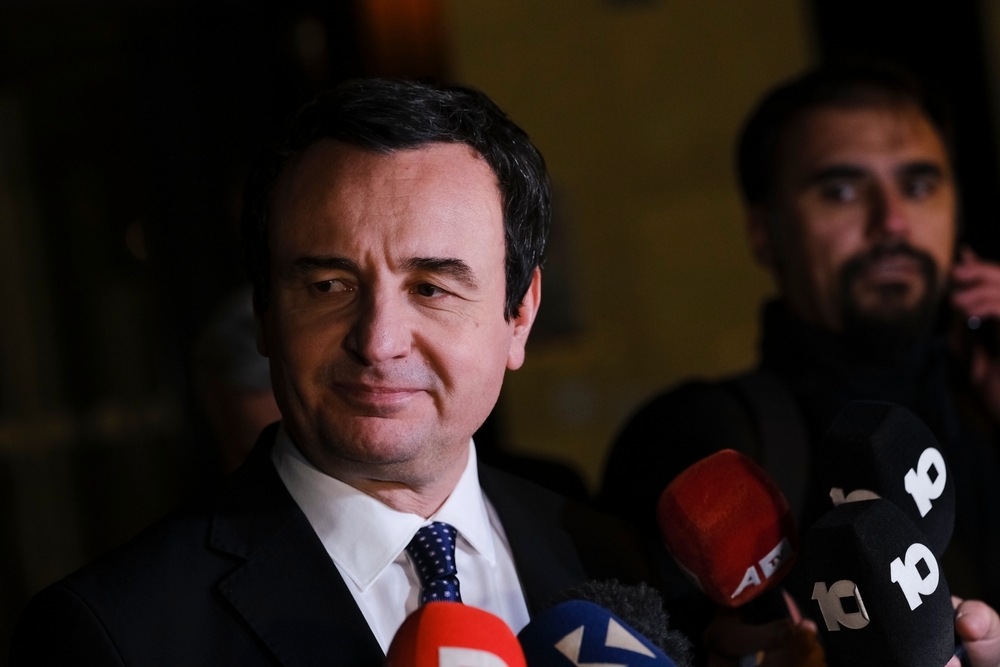Milan: the cinemas that are no longer there and those that resist
In Milan, cinemas have drastically decreased, going from 160 in the 1960s to the current 30. But despite the crisis, some independent theaters resist: like Cinema Arlecchino, reborn precisely when it seemed destined to disappear forever

Milan-the-cinemas-that-are-no-longer-there-and-those-that-resist
©Andrea Ferrario/Unsplash
Are you sure you really want to go to the cinema? No shopping? And a bit of gym? Come on, you are in Milan, the city that in the 1960s welcomed 160 cinemas, and that today has preserved only 30. Less than ten in the center, less than twenty within the ring roads, the few others in the periphery, where three multiplexes have arisen that alone hold over a third (36) of the 102 Milanese screens.
Follow the money, outside the theaters
Even in perfect line with the national trend, which marks a collapse in the number of cinema halls, the Milanese descending parabola embitters more than ever, especially for those who remember the variety of offerings that the city gave, capable of satisfying even enthusiasts with the most sophisticated tastes. But it was not urban planning choices or real estate speculation that started the process: it is people who have stopped going to the cinema, mostly in the city and in single-screen theaters.
Those who want to see a film on the big screen take the car and go where they can park comfortably, in peripheral multiplexes with plenty of surrounding shops and XXL popcorn United States style. The rest parks even more comfortably on the sofa and watches it at home, while they go to the center only for shopping. It is no coincidence, in fact, that most of the historic single-screen cinemas that have disappeared today have become shops: the Apollo is now home to the Apple Store, the Plinius halls to a supermarket and the Odeon hall to new departments of Rinascente.
Milan has only reacted, in perfect “Follow the money” style: today single-screen theaters struggle to be economically sustainable in the city, shops do not, especially if they have large brands behind them. Redevelopments related to the retail world indeed abound, but there are also cinemas that have chosen to be reborn as trendy hotels, or gyms, always trendy, as anyone who until 2007 went to the Maestoso cinema and today instead of its welcoming vintage armchairs finds treadmills, exercise bikes and weights knows well.
The resident and resistant cinemas
The list of the disappeared is long and includes cinemas like the Ariston, the Corso, the Ambasciatori, which disappeared at the beginning of the new millennium, and then the Corallo, the Mediolanum, the Manzoni, the Pasquirolo, the Excelsior, the Mignon and the Adriano, today a towering residential tower.
Scrolling through it, one imagines a cinematographically deserted Milan, but there are still those who have the courage, strength and opportunity to turn off the lights and turn on the magic every evening even a stone’s throw from the Duomo.
Cinema Centrale, for example, the oldest hall still active in Milan that screens quality titles in two halls from the very central via Torino, guarding its place in the heart of cinema enthusiasts in the Milan area together with Mexico, Palestrina, Beltrade, and Cinemino. These “resisters” are even still preserving their single-screen nature, offering hopes, festivals and original proposals. Someone would say niche, others quality, certainly unique in the landscape flattened by the programming of large multiplexes.
In this panorama, there are those who have stopped hoping and have decided that going to the cinema in Milan will remain only a beautiful memory. They have accepted the massive predominance of multiplexes as an incontrovertible consequence of a general trend in the sector, but also of the urban and economic development of this metropolis. Among these is Giuseppe Rausa, author of numerous volumes on the history of Cinema and cinemas, who has not set foot in Milan for a long time if he wants to enjoy a film.
“In the seventies and eighties you could park anywhere, reaching the most central cinemas quickly and comfortably. When in the nineties blue and yellow lines began to appear, it became more complex and expensive and all those halls that lived thanks to the freedom of movement of cars lost customers” he explains, specifying that his is not an invective pro-car but a pragmatic acknowledgment of the fact that “if a film ends late and there are no public means, either you can use private ones, or you stay at home”. Or you go to multiplexes with large parking lots, open seven days a week and strategically positioned on the great arteries that wrap around the city.
According to Rausa, however, it is not all the fault of parking and it is not the green transition that has caused the death of single-screen cinemas in Milan. Cinema also has its responsibilities, because “it has not been able to differentiate itself and face the terrible competition of television and its thematic channels born around the nineties – he states – and the public, demotivated, began to go to theaters only for big productions pushing many small theaters to close. But there is also a ‘stylistic reason’: cinema is dead. The real one, I mean, because films at the cinema and films that we see on television today are two very different things and we have stopped shooting and producing the first ones”.
Rausa lets this statement reverberate in the void, then explains it without sweetening it: “films are no longer thought for cinema but for television, they are ‘ultra-spoken’ and no longer have the visionary extremism they had years ago. Today series have taken their place and films are conceived and financed with the idea of being able to earn from television broadcasts”.
And the multiplexes? According to Rausa they are simply a place of passage where now films (and not even all of them) stay just one week and then give a return on investment as soon as they are available on dvd or on streaming platforms. “It is a mechanism totally opposite to that of the sixties and seventies, when a film had to live and give profit exclusively in movie theaters”.
Being reborn with a smile, like Arlecchino
Rausa’s lucid and retrospective analysis leaves space only for the end credits, but those who frequent or have frequented theaters know that films must be watched to the end, because “you never know”.
Indeed, for those who remain, there is a plot twist, and the protagonist is the Arlecchino cinema. After a few months of apparently definitive closure in 2022, which threw its devoted spectators into panic, recently this theater has been reborn and today its screen on via San Pietro dell’Orto is a precious reference point for those seeking quality titles: choosing them is in fact Cineteca Milano, which since 1947 has valued cinematographic heritage, not only in the theaters it manages on the territory but also through an interactive museum, a visitable archive with augmented reality and a restoration laboratory and a precious library dedicated to cinema.
Today the Arlecchino ranges from quality premieres to festivals and classics of international cinema, hosting many film festivals that take place in the city of Milan. It is the only single-screen theater in the center equipped with cutting-edge devices such as the 7.1 audio system and the digital projector with laser lamp, alongside which, unique in the city, the 35mm projector for films.
To those still tempted by the sofa, the Arlecchino proposes the “Ekstrem” armchairs by Terje Ekstrom, renowned Norwegian designer, winking at one of the historic vocations of Milan as capital of design and furniture. To further characterize the environment, on the entrance ceiling there is a mask in mosaic and ceramic made by Lucio Fontana. A classic symbol of freedom that shines restored and cleaned from the day of reopening, just like the frieze in polychrome ceramic and fluorescent varnish by the same artist, placed in the hall at the base of the screen.
This publication has been produced within the Collaborative and Investigative Journalism Initiative (CIJI ), a project co-funded by the European Commission. The contents of this publication are the sole responsibility of Osservatorio Balcani Caucaso Transeuropa and do not reflect the views of the European Union. Go to the project page
Tag: CIJI











